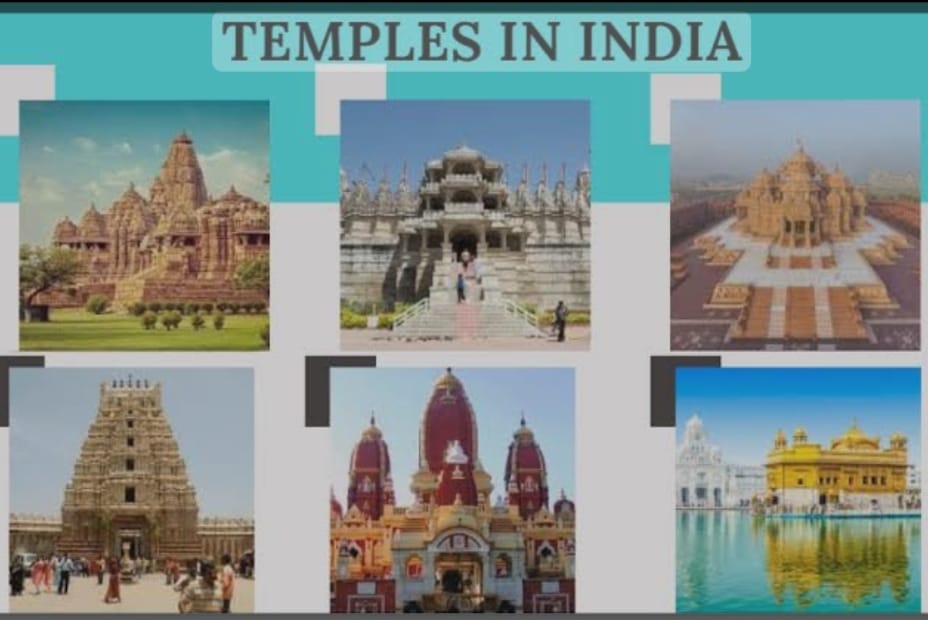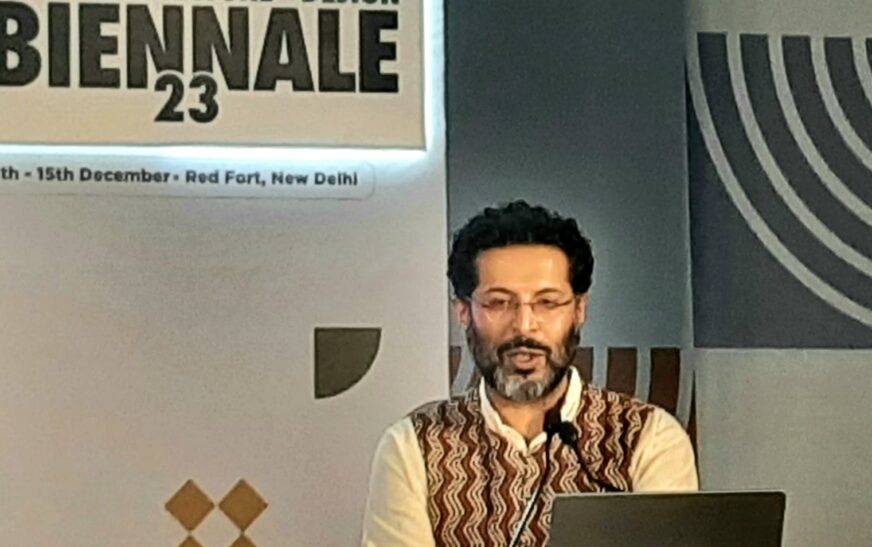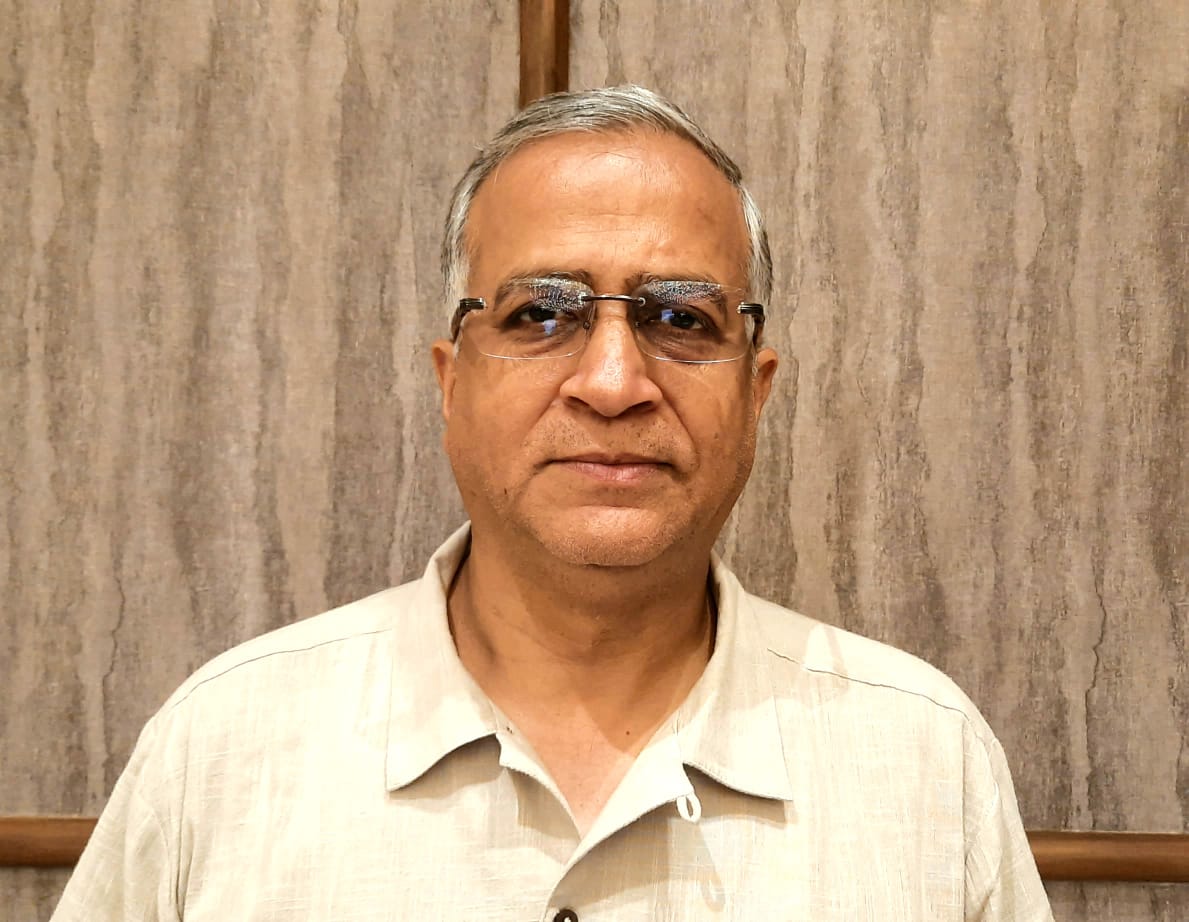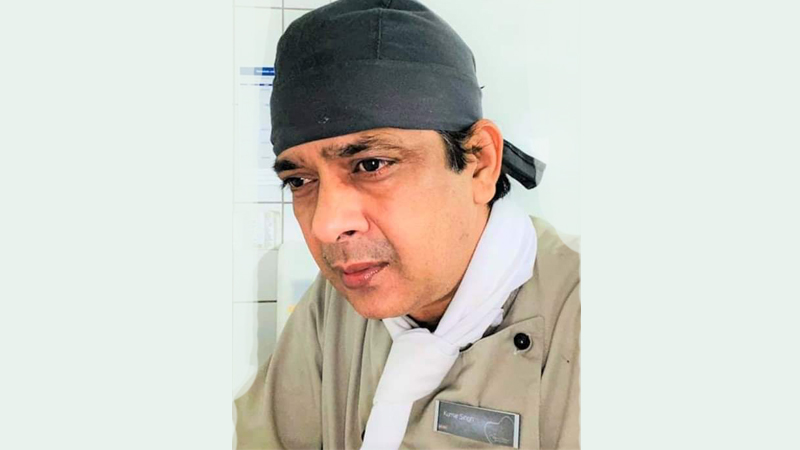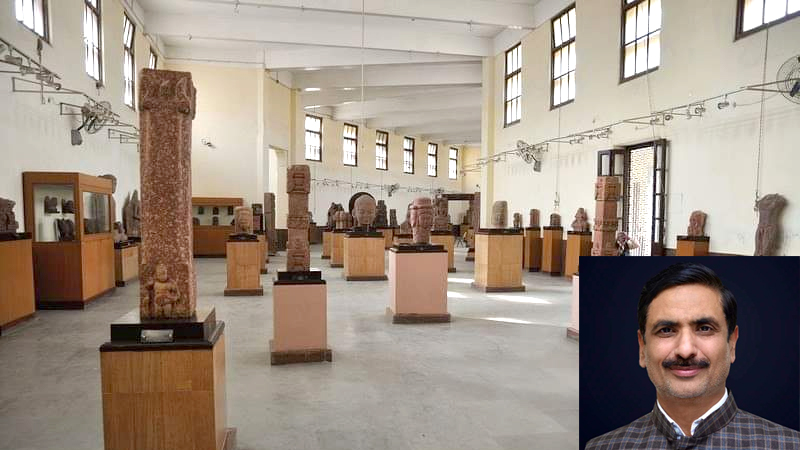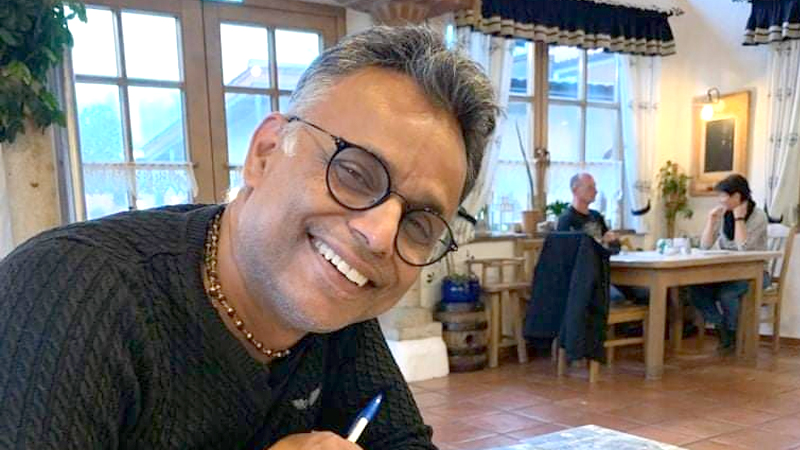Dr. Naman Ahuja is a distinguished professor at the School of Arts and Aesthetics, JNU, with a research focus on iconography, sculpture, and architecture of temples. Alongside his role as a professor, he is a seasoned art historian and curator.
Dr. Ahuja earned his Ph.D. in Art and Archaeology from the SOAS at the University of London. He is also a Visiting Professor at renowned institutions such as the University of Zurich, the University of Oxford, Kunsthistorisches Institut, the University of Alberta, and the Nehru Memorial Museum and Library.
Talking to The Interview World, Dr. Ahuja underlines the role of temples in fostering pluralism, the motivations behind temple construction, and the ongoing innovations in temple architecture. The following excerpts provide a glimpse into this enlightening discussion.
Q: How do temples bring plurality to society?
A: India boasts a rich tapestry of temple traditions, known as gharanas, with a remarkable diversity across regions. Each part of India has its unique temple-making tradition, and delving into the historical roots of these traditions is essential. Every tradition carries profound antiquity and is accompanied by its extensive shastras, emphasizing the need to recognize this multiplicity.
Geographical diversity is a prominent factor contributing to this plurality. However, the diversity extends beyond geography to encompass a plethora of gods, each with its distinct temple and worship practices. Temples dedicated to various communities and caste groups have further enriched the multifaceted landscape.
Beyond the borders, the temple tradition extends to countries like Nepal, South East Asia, Sri Lanka, Afghanistan, and Pakistan. They are also adding yet another layer of diversity. Moreover, a temple is not exclusive to any community. It transcends religious boundaries.
In essence, the institution of the temple emerges as a highly plural and diverse form of architecture. Recognizing and appreciating this rich plurality becomes imperative when exploring the cultural and religious landscape of these sacred spaces.
Q: Why have rulers made temples and what is the reason behind it?
A: Every temples has a purpose, each rooted in distinct motivations. At times, they emerge from a deep sense of faith and worship, reflecting our Aastha. The fundamental requirement is to connect with the divine, but some temples bear inscriptions signaling a different origin.
Maharajas, having triumphed in specific wars, commissioned temples as symbols of their victories, expressing gratitude to God. Protection is another motive, leading individuals to construct these sacred places during pandemics, invoking deities like Mariamman or Jyeshta for safeguarding. Temples dedicated to Kali and Chamunda signify a desire for protection during wartime.
Shaktis are prayed to as formidable guardians in these instances. Memorial temples also exist, honoring the deceased. Children or spouses commission such temples as tributes to husbands, fathers, or parents. These are commonplace manifestations of this sentiment.
Beyond these personal motivations, civic importance also plays a role in temple construction. Tirth Thals arise in areas of communal significance, often associated with essential resources like wells or lakes. Temples built in such locations symbolize reverence for the space and the safeguarding of vital resources.
Urban planning is intricately linked to some temples, as they feature water harvesting tanks, contributing to urban architecture and planning. Temples, thus, evolve into focal points for urban development, expanding their intended purposes.
In essence, the diverse intentions behind temple construction highlight the multifaceted roles these structures play in society.
Q: What is architectural mobility and how did it evolve?
A: Much like individuals, people often visit temples during teerths or pilgrimages. Conversely, there are instances where temples extend their presence to the people. Our culture includes vibrant celebrations like utsavs and chariot processions, inviting the entire community to partake in joyous temple festivities. This offers a unique perspective on temple art and architecture.
In ancient times, specific social restrictions barred certain groups from entering temples. However, on particular occasions, the deities themselves would emerge on chariots, enabling these restricted groups to catch a glimpse of the gods.
Q: How can we balance constant innovations to ensure the enduring preservation of the intrinsic architectural essence?
A: Change is perpetual; history refuses stagnation. Traditions evolve. It’s crucial to glean insights from the valuable lessons of the past. Nurturing a knowledgeable community comprising architects, builders, and the broader public with their cultural heritage, creates an enduring legacy. However, this doesn’t imply a fear of modernity or change. Any temple represents our cultural identity. We have always adapted and evolved through history. There’s no singular “authentic” temple; rather, there exist diverse temple types, each subject to continuous renewal and transformation.
